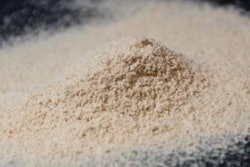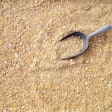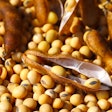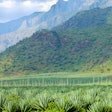A recent comment on LinkedIn brought up the use of phytase in layer diets during summer months. Being summer here in the Northern Hemisphere, I thought it would be interesting to bring this topic up in my blog. It is indeed an issue that warrants the collective efforts of the whole industry as it can affect all layers, worldwide.
The complaint, also encountered in two of my own consulting clients, was that during summer months, eggshell quality appeared diminished in layers receiving diets supplemented with phytase, whereas this problem was not seen in comparable layer flocks receiving diets without phytase. This hardly classifies even as a scientific observation, but it is interesting to note that when phytase was removed and phosphates were added, the problem disappeared.
So, what appears to be the problem?
I am not 100 percent convinced that phytase is less effective during periods of heat stress, but I would like to invite others more experienced on phytase physiology to offer their thoughts. What I have surmised as a counter to this problem is a close look to the following three factors:
- Reduced feed intake due to excessive summer heat, and thus reduced intake of calcium, phosphorus and trace minerals — all very important in eggshell formation and resistance
- The use of limestone, instead of pure calcium carbonate, with a highly variable calcium content, which might create a marginal calcium deficiency if phytase for some reason is rendered ineffective
- Increased layer age that contributes to reduced calcium absorption and as such can exaggerate the effects a marginal dietary calcium deficiency.
When these factors were taken into account, the problem was resolved, but this did not answer the original question: is phytase less effective during summer heat periods?


















